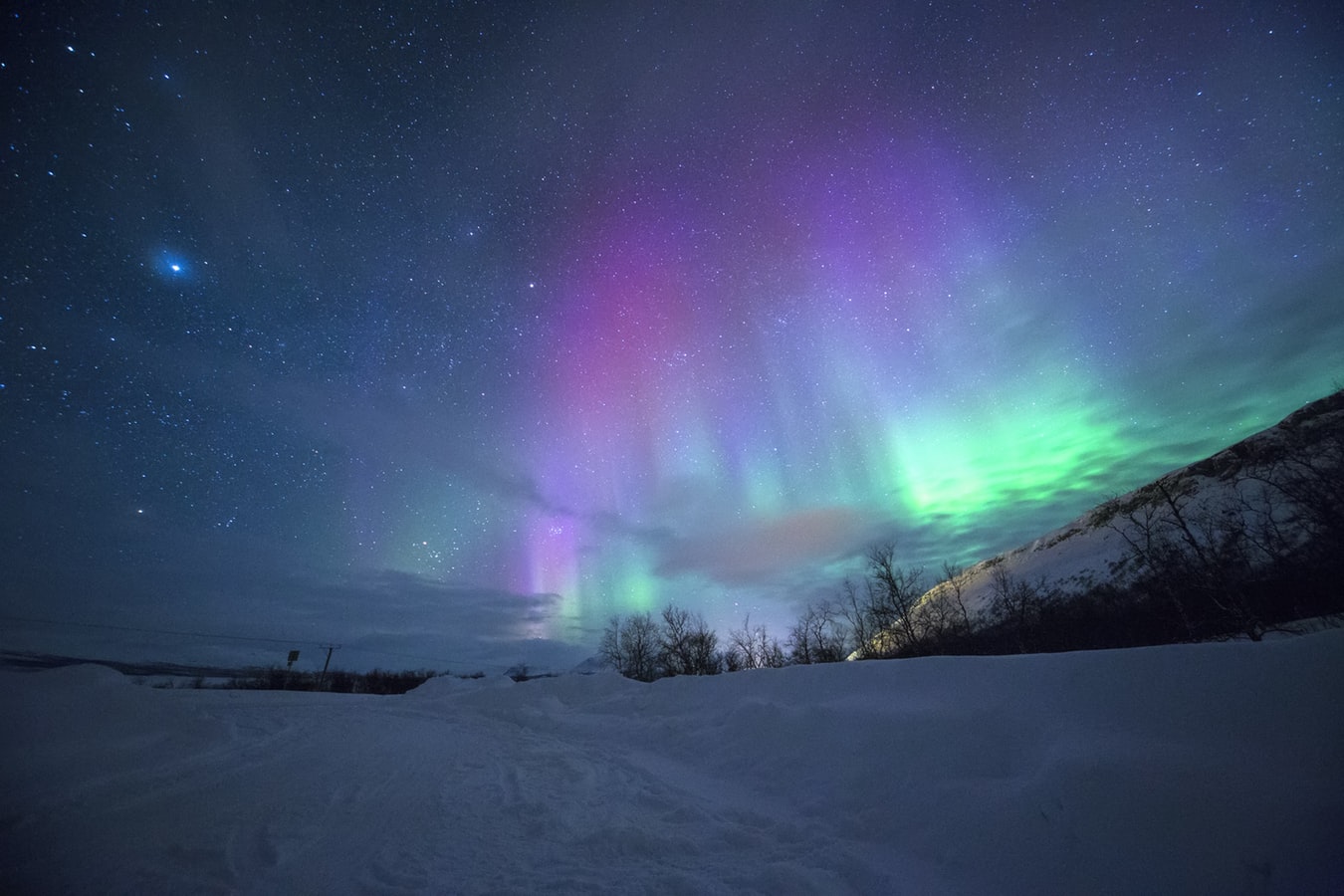Descripción/Description:
IAA-CSIC offers a four years PhD contract in the framework of the Project “Severo Ochoa”. Candidates are expected to carry out their activity in the research line of starts formation in the Milky Way and Local Universe. Supervisor: R. Schödel (rainer@iaa.es).
In the GALACTICNUCLEUS survey we have recently been able to confirm the presence of young stars (< 30 Myr) throughout the nuclear disk of the Milky Way, within 100 pc of the central black hole (Nogueras-Lara et al., subm. to Nature Astronomy), via an analysis of the K-band luminosity function. This agrees with the prediction from ionising radiation and three detected Cepheids (Matsunaga et al. 2011) that there must be at least a dozen so far undetected young clusters hidden in the high density background of the Galactic Centre - in adddition to the known massive young clusters (Arches, Quintuplet, central parsec). Due to the extreme and spatially highly variable (on scales of 1”) interstellar extinction toward the Galactic Centre, these clusters have remained undetected so far. Thanks to our work on proper motions, by combining GALACTICNUCLEUS with the HST Paschen Alpha survey (and new data that we are obtaining with VLT/HAWK-I), we are now able to pinpoint the location of these clusters via proper motion measurements (work of B. Shahzamanian, postdoc in the IAA GC Group).
Tasks
The project of the predoctoral contract that we ask for here will focus on studying the newly detected clusters at the highest angular resolutions, using adaptive optics instrumentation (ERIS/VLT will be commissioned in 2020) and new observations with HAWK-I+GRAAL. In addition - and as a risk-management in case of time delay in the acquisition of new data -the student will work on time domain studies of the GC, using already acquired observations with HAWK-I and on preparing the second, significantly improved data release of the GALACTICNUCLEUS survey. Star formation at the Galactic Centre is of central astrophysical interest because both theoretical considerations as well as observations indicate that the present day initial mass function at the Galactic Centre does not follow the “universal” form derived from the Solar Neighborhood. Instead, it appears to be top-heavy.
